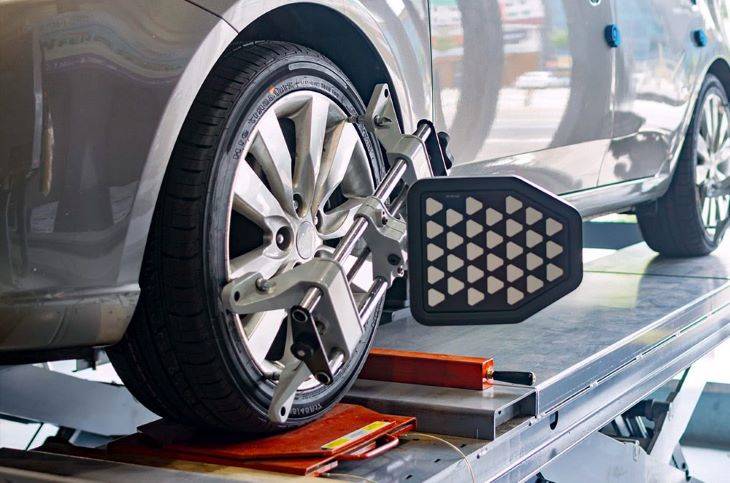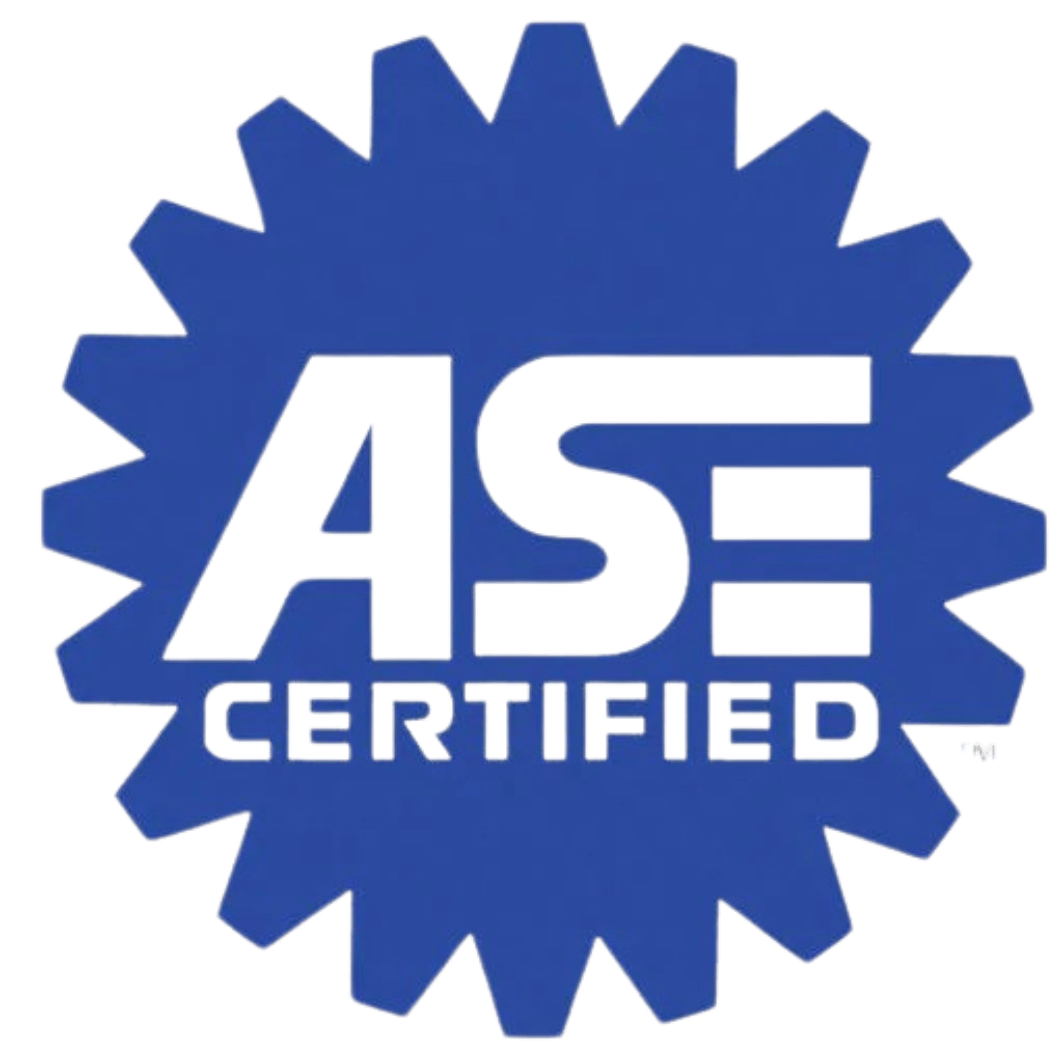All-Season Tires vs. Winter Tires: Differences & Benefits

All-Season Tires vs. Winter Tires: Differences & Benefits Choosing the right rubber for the road ensures safety and performance all year long. The Core Difference: Compound and Tread Understanding the difference between all-season and dedicated winter tires is crucial for maximizing safety in cold climates. It’s not just about tread depth—it’s about the rubber itself. […]
Top 5 Reasons Why Your Steering Wheel Won’t Turn

There’s nothing worse than realizing your steering wheel isn’t turning right or is simply not turning at all. When these issues arise, it’s important to remember that there is usually a simple explanation and there’s no need to worry. That being said, it is important to understand why your steering wheel isn’t turning, which is […]
Will My Battery Last This Winter? Car Battery Maintenance

Will My Battery Last This Winter? Essential Maintenance Beat the cold with a quick check. Your car’s battery is most likely to fail when the temperature drops. The Cold Truth About Car Batteries When winter arrives, batteries are subjected to their greatest test. Cold weather significantly reduces a battery’s cranking power while simultaneously increasing the […]
Ultimate Guide to Car and Vehicle Alignment

Ultimate Guide to Car and Vehicle Alignment Why keeping your wheels straight is the secret to safety, fuel economy, and tire longevity. It’s Not Just About the Tires When we talk about “alignment,” we aren’t just talking about the tires themselves. We are talking about the vehicle’s suspension system—the complex system that connects your vehicle […]
Car Air Bags & Child Safety | Vehicle Air Bag Safety Tips

Car Air Bags & Child Safety Essential guidelines to protect your most precious cargo from preventable injury. Designed for Adults, Dangerous for Kids Airbags are a lifesaving technology for adults, but they can pose a serious threat to children. Airbags are designed to deploy with massive force—up to 200 mph—to stop an average-sized adult male […]


